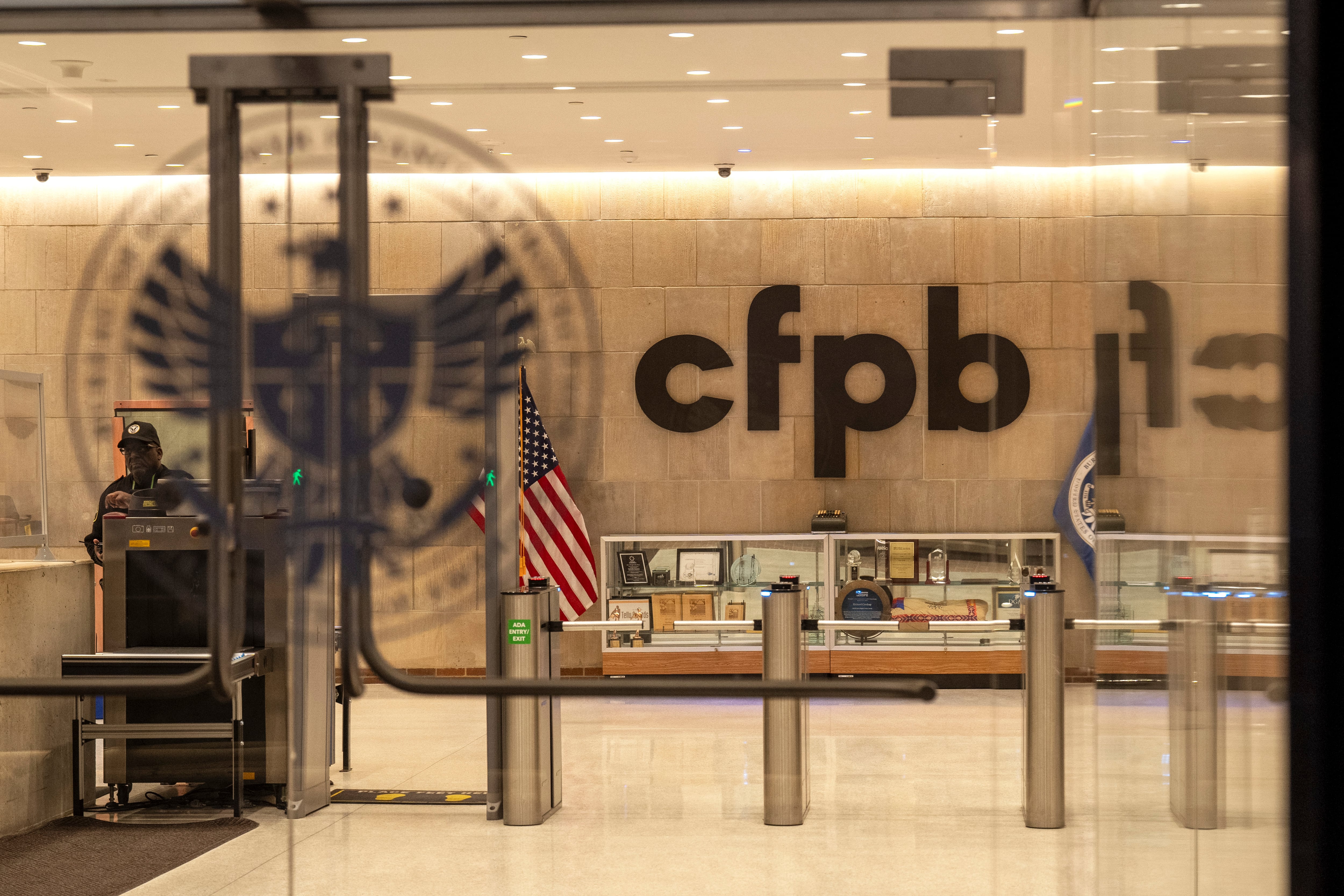As inflation continues to eat away at your wallet, you’ve probably seen your insurance costs increase, too.
“What I’ve heard most is grumbling about home and auto insurance rates,” said J.J. Montanaro, a certified financial planner with USAA’s military advocacy group.
Insurance costs overall can eat up 5% to 10% of the average consumer’s spending each year, according to Bankrate.com. But there are ways to trim the costs of vehicle, home and other insurance in 2024, even as inflation affects those prices across the board.
According to the Bureau of Labor Statistics, as of April, the cost of motor vehicle insurance had risen by 22.6% in the past 12 months. That’s on top of a 15.5% spike from April 2022 to April 2023, reflecting a rise in vehicle prices and repair costs. Rates, which vary by area, can also be affected by increases in crime, like vehicle thefts.
Vehicle insurance rates are likely to keep rising in 2024, according to Bankrate.com, which notes that, on average, Americans spend about 3% of their income on car insurance.
Those rates depend on many factors, like location. Military members often find that the cost of their vehicle insurance changes when they move to a new duty station, in part because states have different requirements for minimum amounts of coverage.
Other factors include the driver’s age, how much they drive, their driving record and credit history. Model and make also make a difference, so researching how much it might cost to insure a particular vehicle is a good idea before settling on your next ride.
According to the National Association of Insurance Commissioners, electric vehicles cost, on average, about $44 per month more than gas-powered vehicles to insure. USAA spokesperson Andrew Femath notes that EVs usually have components that are more expensive to repair and replace than gas-powered vehicles.
“This is primarily because of the car’s battery pack, which can cost $5,000 to $15,000 to replace, and even a small fender-bender can cause irreparable damage to an EV’s battery,” he said.
But there’s no guarantee that you’ll pay more for insurance when you switch to an EV, Femath said. Some drivers find that their insurance costs don’t change at all, or even decrease, he said.
“Given the rising popularity of EVs, car manufacturers are investing more in improving the technology and are driving down the cost to manufacture them,” he said. “As the number of hybrid and EV drivers increases, it’s likely that vehicle repairs will become easier and less expensive, which may ultimately lower auto insurance rates.”
Drivers may consider signing up for auto insurance programs that offer reduced costs based on how often — and how well — someone drives.
Usage-based insurance tracks mileage and driving behaviors while the person is at the wheel. For instance, members insured through one of USAA’s programs, Safe Pilot, can save up to 30% on their car insurance premiums.
A usage-based plan may be a good fit for people who work from home and don’t drive as much, or for deployed troops whose vehicle won’t be driven while they’re gone.
“My take is, we’re going to save some decent money in terms of our premium, and I think I’m a better, safer driver because now it’s a competition,” said USAA’s Montanaro, who saved 17% on his insurance in the first six months on Safe Pilot. “I’m not going to pick up my phone while I’m driving, and I’m more careful.”
Taking advantage of usage-based and behavior-based programs “is a pretty easy place to start” when looking to save money on premiums, Montanaro said.
But these programs have raised privacy concerns among consumers. As a result, some states have enacted legislation requiring companies to disclose the tracking practices and devices used to collect information on people’s driving habits, according to the National Association of Insurance Commissioners. Some insurers limit the data they collect.
Here’s what else to know about buying car insurance:
- Ensure you have enough insurance to cover any damage to or loss of your vehicle.
- Comparison shop between insurance companies, and always ask if a military discount is available.
- Insurers generally offer discounts for safety features, so check to see if you’re receiving credit for assets like air bags and daytime running lights.
- One way to save on premiums is to raise your deductible — as long as you can afford it. For example, you might raise your vehicle collision deductible from $250 to $500. That means if you’re in an accident that causes $6,000 worth of damage to your car, you’d pay $500, and the insurance company would pay $5,500. While you’d pay more for vehicle repairs or replacement, your monthly cost would decrease.
- If your car is older and has greatly depreciated, consider dropping collision and comprehensive coverage to carry only liability coverage. According to the Insurance Information Institute, if a car is worth less than $1,000, or less than 10 times the insurance premium, it might not be cost-effective to buy additional protection.
- Check your insurance policy carefully for things you may no longer need, but be careful. “Make sure you’re running through the ‘what if’ scenarios as you make these changes so that you’re not leaving yourself vulnerable,” Montanaro said.
- Consider bundling different types of policies. By buying your auto, homeowners or renters insurance from the same company, you might be able to save on the overall cost.
For more Insurance Guide coverage:
Karen has covered military families, quality of life and consumer issues for Military Times for more than 30 years, and is co-author of a chapter on media coverage of military families in the book "A Battle Plan for Supporting Military Families." She previously worked for newspapers in Guam, Norfolk, Jacksonville, Fla., and Athens, Ga.




